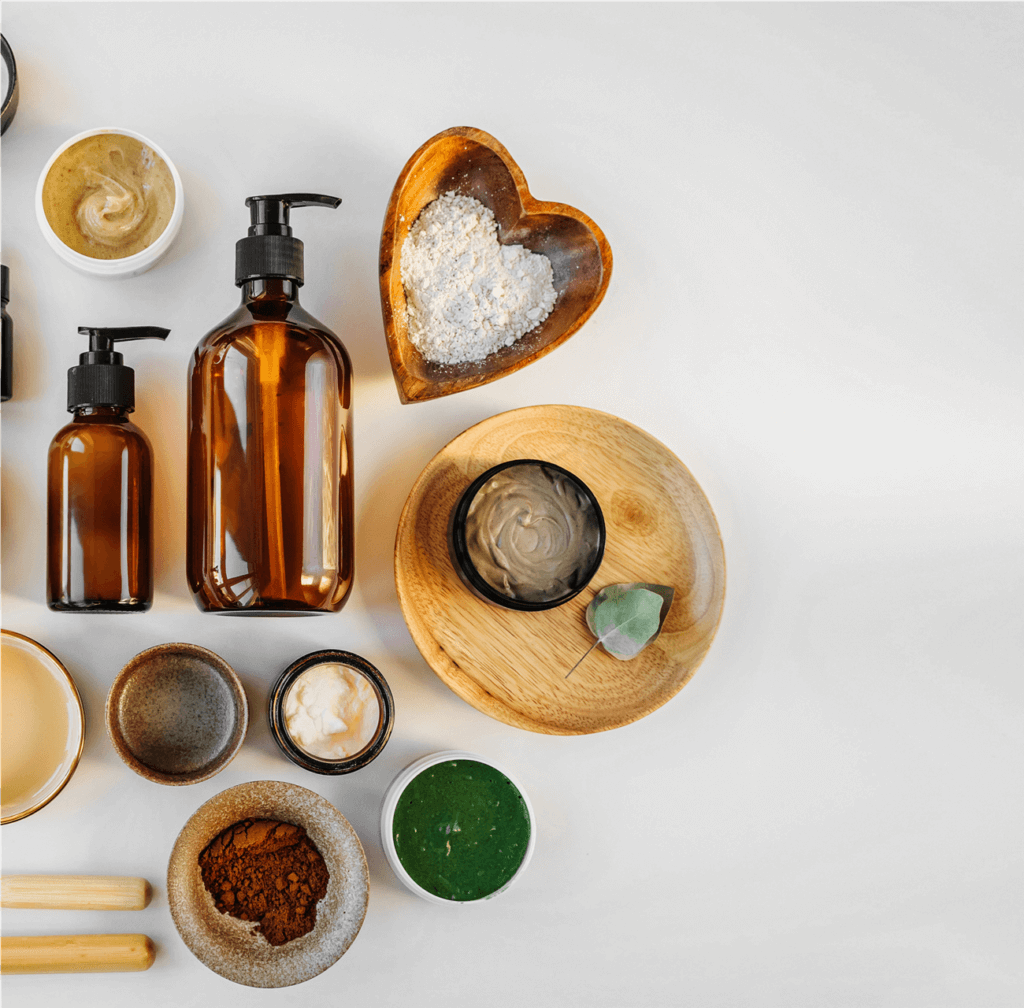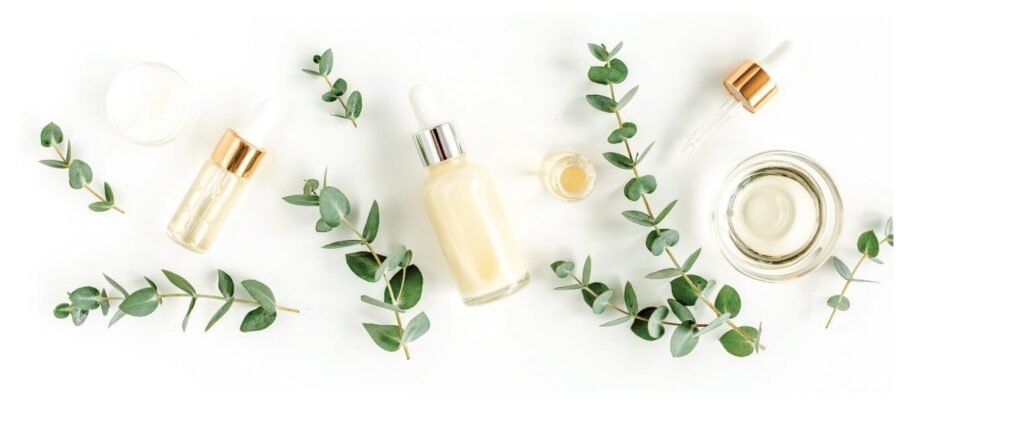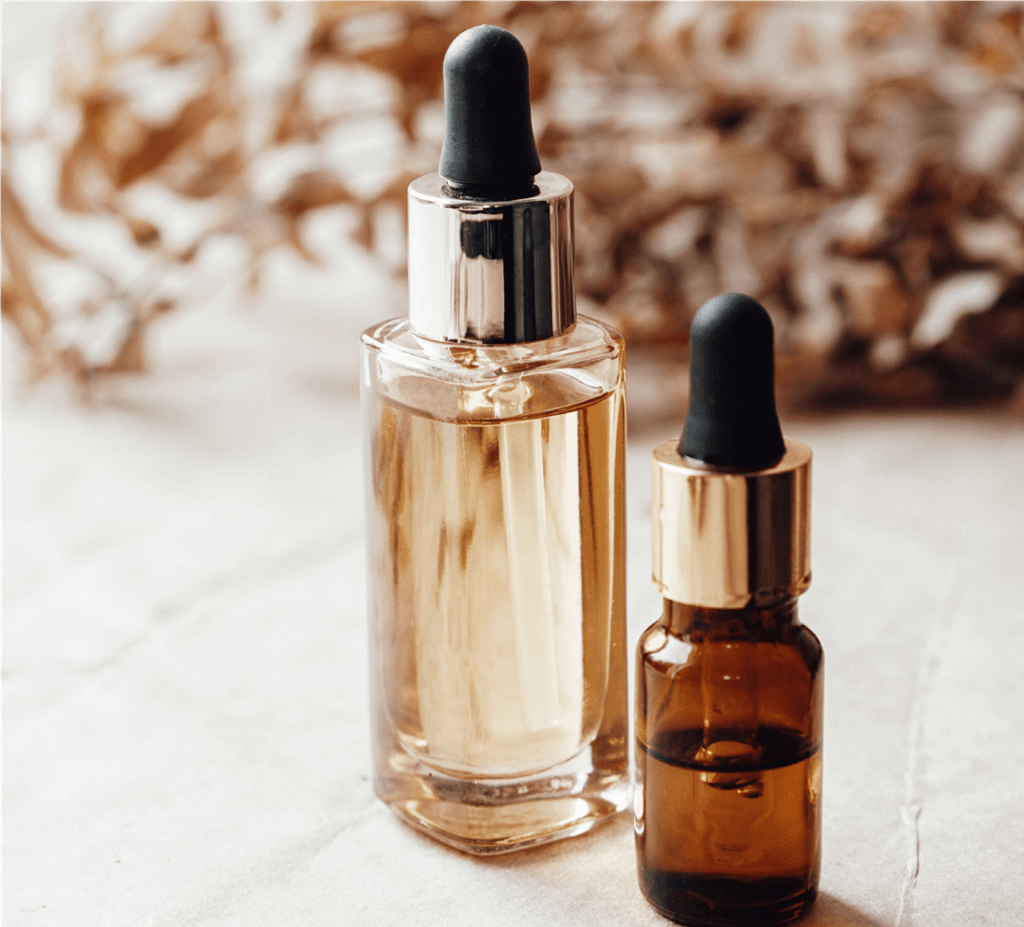They also call it “the silent salesman”: packaging is an element of prime importance that greatly impacts the purchase decision. Even more so now that shopping has moved from the shelves to the web, it is a phenomenon that can be encapsulated in the concept of “instagramability”. In brief, packaging needs to be goodlooking and photogenic.
Pages and pages have been dedicated to packaging in marketing manuals. The wrapping that envelops and contains the product is such a significant aspect of communications that it is rightly considered to be part of the marketing mix, meaning the set of marketing levers deployed by a business to satisfy consumers and achieve their market goals. It is so relevant in fact that it is referred to as the “silent salesman”.

The reason for this term can be explained in a few words: all consumers, no matter how naturally rational they tend to be, generally make purchases on emotional grounds and their rationality only kicks in at a later point, mainly to justify an emotional choice. It is not surprising, therefore, to learn to what extent the packaging, the external image of a cosmetic product, can evoke visions, emotions, and dreams, making it more desirable than others. The consumer is totally unaware of this mechanism, hence the silent salesman concept.
The right packaging
While thousands of marketing pages have been dedicated to packaging, the truth no one is willing to admit is that there are no universal elements for defining successful packaging. Whether a certain type of packaging pleases or not is an aspect not only defined by the historical period, but also by other elements that inevitably “dialogue” with the pack.
First and foremost, consumers and their personal value system. Also of primary importance is the relationship with the product content, which is valorized by the packaging, and even narrated in some cases. Let’s take the example of an organic cosmetic product, presented in a glass jar with a bamboo lid: this sort of consistency is bound to be a winner because it inspires consumer confidence.

Equally relevant is the channel used to distribute the product. To put it in banal terms, if a product with a mass retailing image is distributed through perfumeries and beauty shops, it will probably be a flop. And so on, in a long list of situations in which the risk of something misfiring and the silent salesman becoming hostile lurks around the corner. Finding the right packaging is an authentic art.
Two elements, however, seem to have become constant trends in recent times. The first of these is a preference for honest packaging, devoid of excess. People do not like overpacking, that is, when the secondary wrapping is out of all proportion with the primary container, so much so that it requires extra filler material. Examples of this kind can be found in some women’s bathroom cabinets: 15 ml jars of cream contained in 5×12 cm boxes. Ethically and ecologically unacceptable.
The second trend, closely related to the first, regards the clear preference for sustainable packaging, whose global market will reach a value of about 440 billion dollars by 2025, with an annual growth rate of 7.7% (survey conducted by the market research company, Research and Markets).
Also, on the grounds of new directives on plastic issued by the European Commission, the cosmetics packaging market will undergo an authentic green revolution: polluting materials will be increasingly replaced by paper packaging or made from recyclable or biodegradable raw materials.
The importance of being noticed
Being noticed has always been the primary vocation of packaging, but the context with which products interact has radically changed. And this brings us back to the topic of the Covid-19 pandemic. More specifically, while the shelves of a sales point – perfumery, beauty salon, chemist, or herbalist – were until recently the only go-to places for the purchase of cosmetics, today the web has become our virtual shelf.
So, market research has responded by coining the concept of social packaging, because instagramability has become an essential criterion in successful marketing strategies, so much so that packaging philosophies have been reshaped to become increasingly creative with a versatile design.

It is superfluous to explain how different it is to design a successful packaging solution for a three-dimensional world, which finds its perfect setting in a 2D world: no longer just the outer wrapping of the item on sale, but the promise of a desirable experience.
Here are some tips for those engaged in designing Instagram-ready packaging, the channel through which consumers will form their “first impression” of the product. The keyword is minimalism. “Less is more” is a popular mantra, and particularly true of the web. We consult the web from the screen of a PC or a smartphone, and it makes a big difference when the product image occupies just a few centimetres of space.
So, the focus is on transparency: if there’s one thing that hardly ever goes out of fashion it’s pared-down, monochromatic, and readable packaging, devoid of fuss and frills. We can look to important brands for examples: Gucci, Chanel and Dior lead the way. Not only do they communicate elegance, but they also stand out clearly when photographed.
Another certainty lies in pastel shades, which are perfectly identifiable on a screen, pink especially, officially the web’s most beloved colour. If pink is not your favourite colour, it is nevertheless important to identify a colour palette and stick to it, so that you are immediately recognizable and associated with that colour. There are plenty of everyday examples to refer to: what would Coca-Cola be without red?
The challenge of cosmetics packaging
Designing the “right packaging” on a market that is ever evolving and increasingly crowded is becoming an authentic challenge, on which product success is hinged. In a delicate balance between adaptation to trends and innovation, between what is instinctively pleasing and what stimulates the curiosity, to generate amazement, new packaging solutions are being developed with unprecedented materials, colours, images, and sensorial effects. It is a job for tightrope walkers that awards those who are sufficiently daring.
DOWNLOAD HERE A FREE COPY OF PACKAGING INTERNATIONAL 2-2022
Edited by: Elisa Crotti
